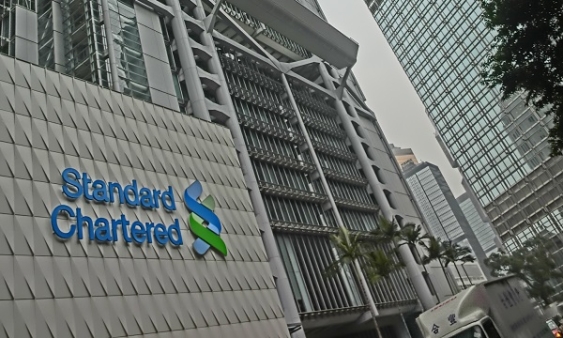
StanChart's earnings recovery to be delayed by COVID-19: S&P
The group’s target 10% RoTE will likely be delayed beyond 2021.
Standard Chartered Bank’s performance for the first half of 2020 will be dragged by the COVID-19 outbreak, as 40% of its operating income comes from its Greater China and North Asia (GCNA) segment, according to S&P Global Ratings.
Further, the group’s target of a 10% return on tangible equity (RoTE) will likely be delayed beyond 2021, S&P’s previous estimate.
The trade dispute and slowing China economy will also likely drag on the group’s RoTE. In 2019, StanChart’s RoTE stood at 6.4% compared with 5.1% in 2018.
S&P anticipates modest upward pressure in the group’s credit costs. However, the group’s controlled risk appetite and reduced loan concentration should help stabilise its business.
“The credit costs were 27 basis points (bps) for 2019, compared with 21 bps in 2018, reflecting mainly stage-1 and stage-2 loans impairment. About half of the impairment related to a deterioration in the macroeconomic assumptions, including a downward revision to Hong Kong GDP in the second half of 2019,” S&P stated.
“Many of Standard Chartered PLC's U.K. and European peers have already pushed back their RoTE targets due to an uncertain global economic outlook,” the report added.
Despite the near-term uncertainty, S&P noted that the GCNA region remains as the long-term growth engine for StanChart group. The company is seen as a beneficiary of China’s opening of its financial markets and its long-term economic growth prospects.
StanChart’s recently completed restructuring of its GCNA hub will also allow for more efficient use of capital and liquidity, as well as deliver an annual benefit of up to $300m in net interest income to the group by 2021, according to S&P. The restructuring saw its Korean, Taiwan, and Chinese subsidiaries be brought under its Hong Kong entity.
StanChart also has a strong capital which contributes to credit strength. The group's funding and liquidity profiles als reportedly remain robust, thanks to its retail banking franchise in many markets, concluded S&P. The ratio of reported loans to customer deposits has remained at about 64% as of 31 December 2019.






















 Advertise
Advertise








